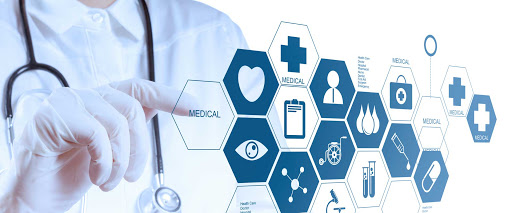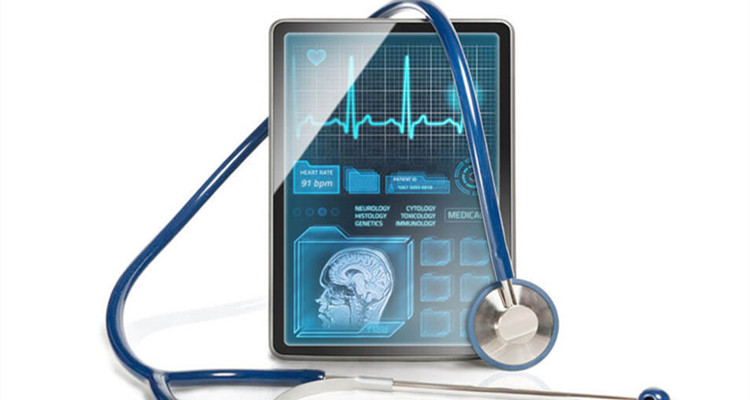Localization of the User Interface (UI) of medical devices is extremely important. Medical devices are used in hospitals, healthcare clinics, and home health care settings. Accurate translation and localization of such devices ensure that end-users, both medical professionals and patients, will properly understand how to use such devices. This is critical because of the sensitivity of the medical field. People should be able to read the UI of a medical device in their native language, and most government and regulatory authorities require that the UI of medical devices be translated and localized. This is why it is important to hire a professional translation company to translate and localize medical device UI.
There are many factors to consider before commencing the translation and localization of medical device UI. Translating the UI of a medical device is usually more complex than translating the instruction manual because the UI typically features a lot of industry-specific terms and abbreviations. The translator needs to be familiar with medical terms and abbreviations in both the source and target language. If not, he or she could make a life-threatening translation error. Proper translation and localization of the device UI is also particularly important because all end-users are required to interact with the UI when using the device. Very few, however, will read the entire instruction manual.

Here are five important steps a medical device translation service needs to follow:
1. Translate and localize the UI first.
The UI should be translated and localized before any other document TRANSLATION are performed. The UI is the aspect of the device that users will interact with most, which is why translation and localization should begin with the UI and later move on to other areas such as instruction manuals. Starting with the UI ensures consistent terminology will be used throughout all areas of the product.
2. Speak with product engineers and managers before beginning the translation.
A professional translation company will always speak with those involved in developing the product before carrying out the localization. Translators need to be informed of how the product works exactly and what its purpose is. Most medical device software is activated through the UI. Some parts of the UI are often expressed through graphic elements while others are expressed through code. Translators need to understand these product intricacies.
3. Understand the end-user.
The end-users of medical devices may be medical doctors or nurses, patients with limited medical knowledge, or both. A translation service needs to understand who the end-users of the product are in order to make the terminology used in the UI understandable for all end-users. Risks associated with user error also need to be considered and can be mitigated through proper translation and localization. The environment in which end-users will use the device also needs to be considered. To make matters even more complex, the terminology used by end-users may differ for each local population even within the same language. All of this needs to be considered because the ultimate goal of medical device UI is not to look good, but to be easy to use and understand for the end-user.
4. Consider the physical features of the device.
Medical devices all have unique physical features that affect the UI and its translation. The size of the device will often determine how many words or characters can be displayed in certain sections. This can become difficult for translators because oftentimes the translation into a target language can be longer than the original text in the source language.
5. Testing, testing, testing.
Testing should begin well before the final product is put to market in order for the translation company to know about possible flaws. Device UI translation should be validated by translators, medical professionals, and patients. A small error such as an incorrect unit of measurement can be life-threatening. This is why testing devices over and over is required by regulatory authorities. Testing should occur throughout various stages of the translation process.
A professional translation company will not overlook any of these steps when translating and localizing sensitive medical device UI. VINALOCALIZE’ medical device TRANSLATION are provided by a highly trained team of medical translators and editors with professional degrees such as M.D. and Ph.D., in all major areas of the life sciences. For more than 22 years, our medical translation department has provided professional language solutions to many world-leading medical device manufacturers.



